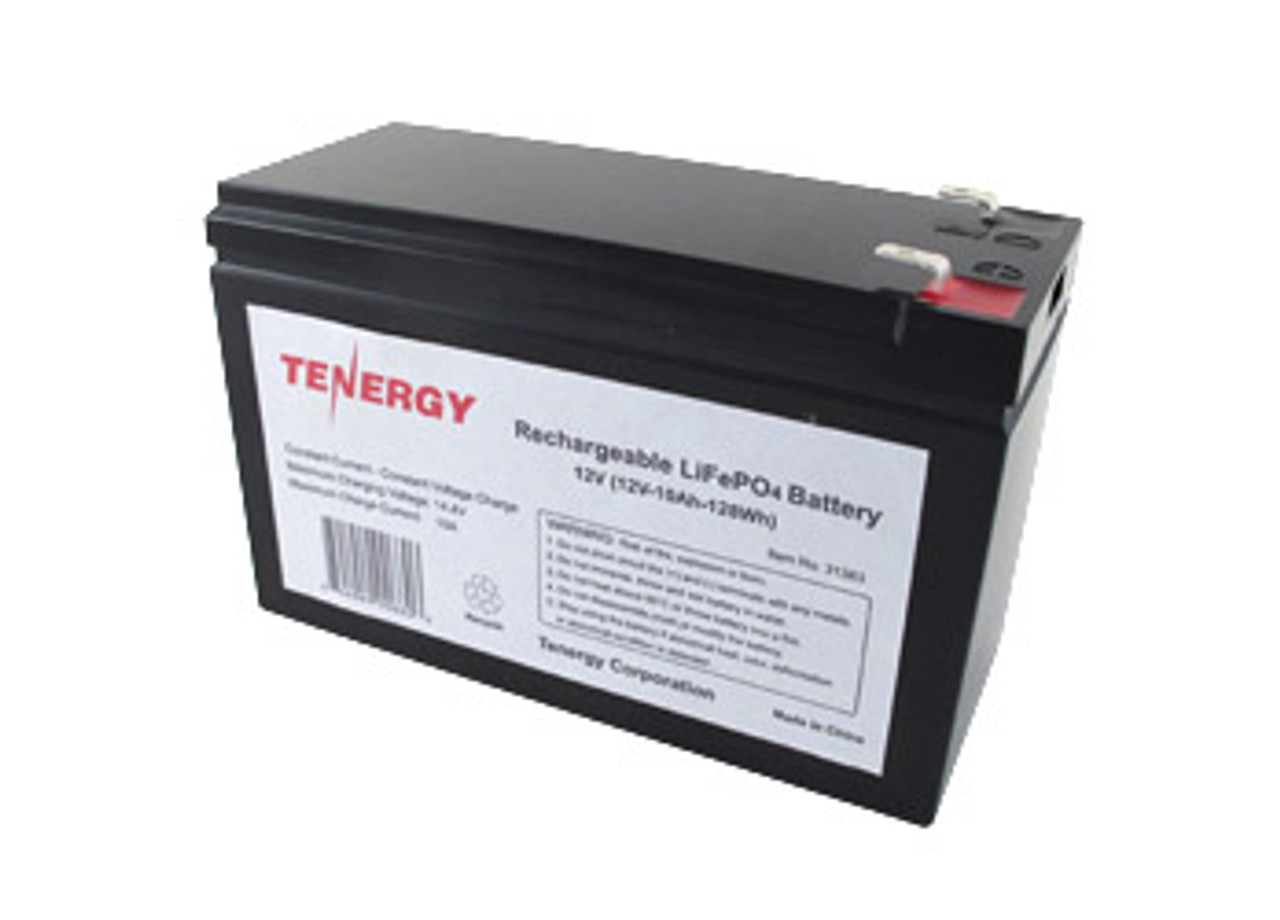BeerMeister
Professional IPA Swiller
This is my first post here, so hello to all!
Battery: SOK 12V 100Ah (New)
Charger: Victron Blue Smart 12V/15A (Also new)
CPAP: ResMed Airsense 10 Autoset + ResMed 12V adapter (90 Watts/7.5 Amps max)
I wasn't planning on making a UPS system for my CPAP, but since the charger can be left connected to battery I may have done so!
I wanted a more reliable option than grid power, and something I could also use when camping.
Seems like it will work as a UPS just fine, but also seems odd that there are no commercial UPS systems that use any type of lithium batteries.
Might be that I will get a shorter battery life connected to charger continuously vs. full discharge and charge cycles... Any thoughts on this?
I tried a new APC Back-UPS 1500, but it can only power CPAP for about 3 hours. (Now it's powering gaming router/DSL modem/switch) This thing uses 2 fat lead-acid gel batteries stuck together -same tech as older models I have from late 90's.
And also tried a cute little 300 Watt solar charger from Tenergy but it wouldn't go the distance either. (It's great for less demanding tasks though)
And do I need to make any changes to the custom charger profile below, based on my usage? (e.g. mainly at home connected to AC power and battery)
According to Current Connected, Victron chargers should be set these custom settings: (And I have done so -with phone app)
Battery: SOK 12V 100Ah (New)
Charger: Victron Blue Smart 12V/15A (Also new)
CPAP: ResMed Airsense 10 Autoset + ResMed 12V adapter (90 Watts/7.5 Amps max)
I wasn't planning on making a UPS system for my CPAP, but since the charger can be left connected to battery I may have done so!
I wanted a more reliable option than grid power, and something I could also use when camping.
Seems like it will work as a UPS just fine, but also seems odd that there are no commercial UPS systems that use any type of lithium batteries.
Might be that I will get a shorter battery life connected to charger continuously vs. full discharge and charge cycles... Any thoughts on this?
I tried a new APC Back-UPS 1500, but it can only power CPAP for about 3 hours. (Now it's powering gaming router/DSL modem/switch) This thing uses 2 fat lead-acid gel batteries stuck together -same tech as older models I have from late 90's.
And also tried a cute little 300 Watt solar charger from Tenergy but it wouldn't go the distance either. (It's great for less demanding tasks though)
And do I need to make any changes to the custom charger profile below, based on my usage? (e.g. mainly at home connected to AC power and battery)
According to Current Connected, Victron chargers should be set these custom settings: (And I have done so -with phone app)
Victron’s Li-Ion profile is NOT sufficient for non-Victron LiFePO4 batteries. Enter configuration and turn on “ADVANCED” switch, then select “Custom” charge preset. Then click “Advanced Battery Settings”.
The battery preset should be set to “User Defined”. Turn on “Expert Mode” switch.
Charge Voltage Settings:
Absorption Voltage: 14.6v
Float Voltage: 13.8v
Storage Voltage: 13.6v
Recondition Voltage: Disabled
BatterySafe: Disabled
Voltage Compensation:
Temperature Compensation: Disabled
Bulk:
Bulk Time Limit: 24 Hours
Re-bulk Current: Enabled, set to full output current of charger, typically 25A
Absorption:
Absorption Duration: Fixed
Absorption Time: 1 Hr
Repeated Absorption: Every 7 days
Recondition:
Recondition Stop Mode: Fixed time
Recondition Duration: 15M (This is the minimum allowed setting. It is already disabled in charge voltage settings, but set to this as a safety precaution)






